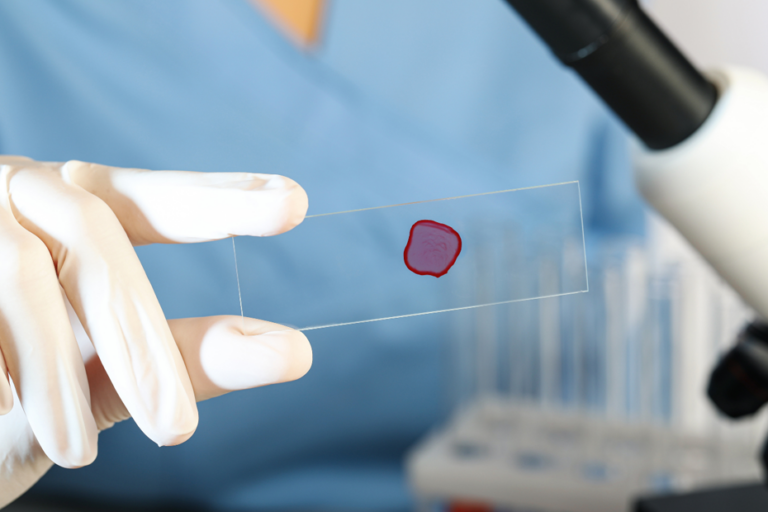Coming Soon
Course Description
The cytology learner will demonstrate the ability to perform gross examination of small biopsy specimens according to established laboratory protocols and submit tissue for preparation of microscopic slides, including:
a) Verification of specimen identification.
b) Accurate measurement.
c) Relevant gross description.
d) Fixative selection.
e) Basic troubleshooting.
Requirements
This module requires that you sign up for a free account with the Cytology Education Learning Lab (C.E.L.L)
Learning Outcomes
The student will:
a) explain and apply the basic principles for specimen collection, acceptance, and rejection.
b) describe different preparation and staining techniques, their advantages and disadvantages, and distinguish their impact on cell morphology and interpretation.
c) select and perform the preparation and staining technique(s) that is most appropriate for a given specimen(s).
d) identify and apply principles of quality assurance and quality control as they relate to specimen preparation including, but not limited to, accreditation/regulatory requirements; equipment performance and maintenance; staining methods; and stain and technical quality of preparation.
e) identify and resolve staining and preparation issues.
f) identify errors that can occur during specimen handling and processing including, but not limited to, preparation, staining, and instrumentation, as well as apply and implement the most effective resolution.
2. The student will utilize the microscope or other technologies to properly visualize the specimen for systematic morphologic review and interpretation with knowledge of proper use and care, to include troubleshooting.
3. The student will demonstrate the ability to perform gross examination of small biopsy specimens according to established laboratory protocols and submit tissue for preparation of microscopic slides, including:
a) Verification of specimen identification.
b) Accurate measurement.
c) Relevant gross description.
d) Fixative selection.
e) Basic troubleshooting.
